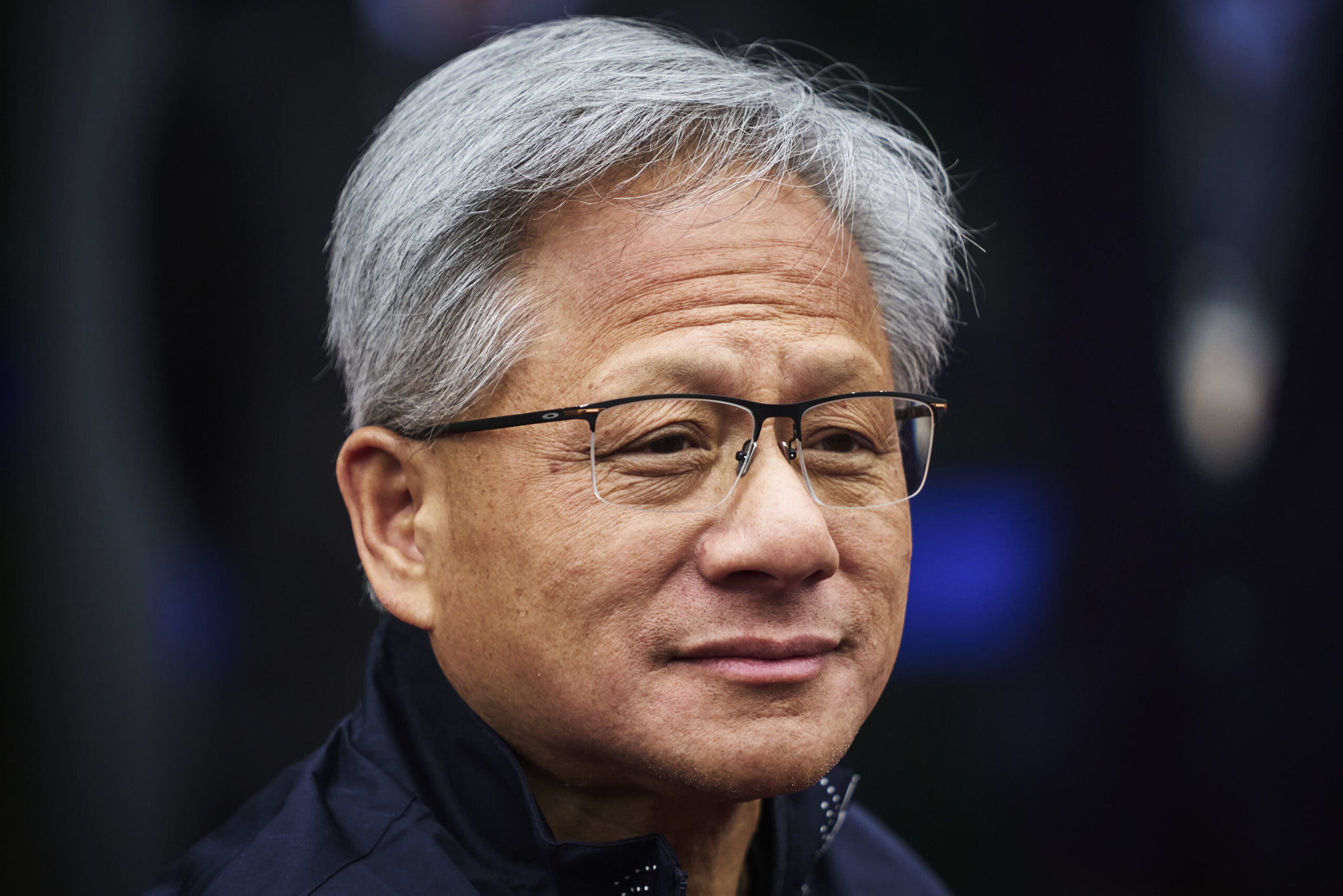SEOUL: South Korea’s export growth accelerated last month, in a sign the economy can sustain its momentum after a faster-than-expected expansion last quarter.
Shipments that reflect working-day differences increased 11.3% from a year earlier, according to data released yesterday by the customs office.
Without the adjustment, headline exports rose 13.8% while overall imports increased 5.4%. The trade surplus came to US$1.5bil.
South Korea is a major player in international trade and demand for its goods has been recovering since late last year. The nation’s economy expanded 1.3% in the first quarter, a pace faster than the most optimistic estimates, with exports driving the momentum.
Semiconductor sales have been resurgent even as Middle East tensions persist and global interest rates stay elevated, pressuring consumption.
Top companies including SK Hynix Inc and Samsung Electronics Co, have reported better-than-expected earnings as demand for the memory chips that power modern electronics and artificial intelligence rebounds from last year’s downturn.
“Export growth will likely remain the main driver of growth this quarter amid the strong demand for semiconductors,” Dave Chia, an associate economist at Moody’s Analytics, said in a note before the trade figures.
South Korean exporters have benefited in particular from strong demand in major economies including the United States.
The International Monetary Fund said last month that advanced economies would likely see a pickup in their growth this year compared with 2023, while emerging and developing markets experience a modest slowdown.
“Recent data suggest the strength in Asian exports may still have some way to go,” Sheana Yue, an Oxford Economics economist, said. “The chip upcycle should keep exports of advanced semiconductors and associated manufacturing equipment elevated. But we maintain our caution about the general outlook for external demand.”
A key source of concern for policymakers is the sliding value of the won against the US dollar.
While companies such as Hyundai Motor Co have beat earnings forecasts partly on the back of a weaker local currency, smaller companies and importers are struggling to cope with higher costs of raw materials and energy.
The outlook for demand from China is also a source of anxiety.
The world’s second-largest economy is struggling to emerge from a domestic slump in spending, with a surprise decline in industrial profits in March underscoring the risks.
Shipments to China totalled US$10.5bil in April, an increase of 9.9% from a year earlier.
Meanwhile, exports to the United States amounted to US$11.4bil, a 24% rise, according to the Trade Ministry. — Bloomberg

